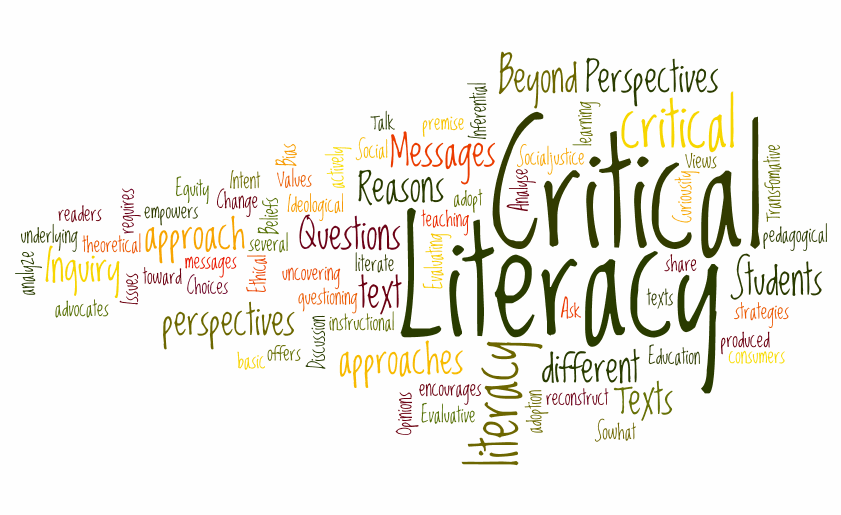What is Critical Literacy?
- Kaitlynn
- Jan 16, 2019
- 3 min read

I would define critical literacy as using texts to explore perspectives, question values and reflect on one’s world in order to enhance comprehension and take action for creating a better society. Critical literacy can refer to relating texts to the world around us, by connecting them to social justice and world issues. I believe we can teach critical literacy at any age, from primary level to senior, through encouraging students to question and reflect on what they are reading. Practicing critical literacy in schools can also promote safe, inclusive schools.
In my experiences, I have tried to use critical literacy in all subject areas. In French, I have used texts to give students opportunities to make connections to themselves, to other texts, and to the world. This helps students to gain a better comprehension of the text in French, but also allows them to make comparisons outside of the classroom and reflect on their own experiences.
In a Grade 8 English class, I had the students each choose an article in the news for an oral presentation. Their job was to read the article, summarize it in key points for the class, and then come up with three big discussion questions to ask the class. From their presentations I noticed students were able to make important connections between a certain incident and a bigger problem that exists in the world. For example, one student discussed a shooting that occurred in Toronto and compared it to the growing issue of gun violence in the United States. Another talked about a shopping mall that had to be evacuated due to a bomb threat and how these stunts are becoming more frequent around the world with the fear that they may be real. From this task, students showed their ability to read the world through reading texts, and could question how situations were dealt with and how we can take action ourselves to make the world a better place.
In history classes, using texts to discuss bias and perspective can be very beneficial for students to practice critical literacy, as they ask questions and judge validity of what they are reading. During one of my practicums in a Grade 10 history class, I had my students read the Treaty of Versailles at the end of our World War One unit. The students examined the clauses and underlined points they thought were interesting to discuss. After our discussion, students had the chance to look through responses to the Treaty from different perspectives, including Woodrow Wilson, Georges Clemenceau, and the German response. They analyzed the various perspectives and compared them to the Treaty, which deepened their understanding of the consequences of the war, including the sentiments that were developed from the Treaty. This is one example of how historical texts and primary sources can be used to foster critical literacy, however in the future, I would like to go even further into critical literacy by taking the sentiments from this time period and connecting them to issues today. I would ask students how we can reflect on information from the past and use it to make an impact on our own society today. This would help to open up discussion of equity, power, and social justice within the classroom.
Here are other ways we can incorporate critical literacy into the classroom: -try out the rep test
http://therepresentationproject.org/wp-content/uploads/The-Rep-Test-2.01.pdf -make predictions for a story and then compare what really happened -change an ending to a story to favor a different perspective -use Unlearn activities to discuss world issues -analyze real articles from various newspapers -have students question what they are reading, imagine the story from a different point of view
Resources:

Comments